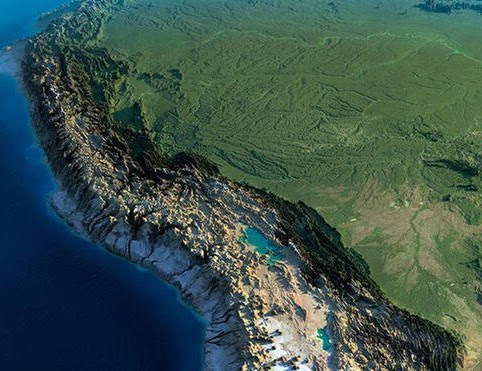GEOPHYSICS
 |
| Simulación Geofísica. |
But in geophysics we do not only strive to provide a correct interpretation. Geophysical monitoring is also an important task. Also called geophysical surveillance, we use it to monitor in certain periods of time some natural event, or in some special cases, events originated by man. Usually this monitoring or geophysical monitoring helps us in the forecasting, prevention and early warning of a possible event, disaster or geophysical development.
In this way, geophysical monitoring has an important impact on the well-being of a particular area. In cases that are man-made events, geophysical monitoring helps us in the management and control of a tool or event.
There are several areas in geophysics that can be monitored. In volcanology monitoring is carried out with the help of special cameras in strategic locations, where we can visualize the activity of a volcano, in mining in the area of geotechnics we can monitor the seismic vibrations caused by a blast, in Meteorology we monitor the atmospheric conditions, and thus in different areas in particular to cite other examples.
All this helps us in understanding, analyzing, preventing and forecasting the geophysical behavior of a given event.
The tools used for monitoring are diverse and not unique. Cameras, seismographs, satellites can be used to organize proper geophysical monitoring. The interpretation of monitoring is fundamental to determine whether or not there is an imminent danger or consequently to become over time a geophysical disaster.
A computer, laptop or computer system with Internet access will be essential for the visualization, analysis and correct interpretation of the event in question.
A good tool in the geophysical monitoring of volcanoes are real-time seismograms which aid in the visualization, analysis and study of the seismic signals of the volcano's internal activity and which alert us to a probable or innominant eruption. This gives opportunity to the population for a possible evacuation. For this we rely on a telemetry seismic network. Another way to monitor the activity of a volcano live is by using special cameras (such as webcams) and with an internet connection to transmit live live images to our central base. The important thing is to transmit and disseminate the information in real time.
Our team will carry out monitoring in various areas of Geophysics with the difference that the visualization will be public.
















































